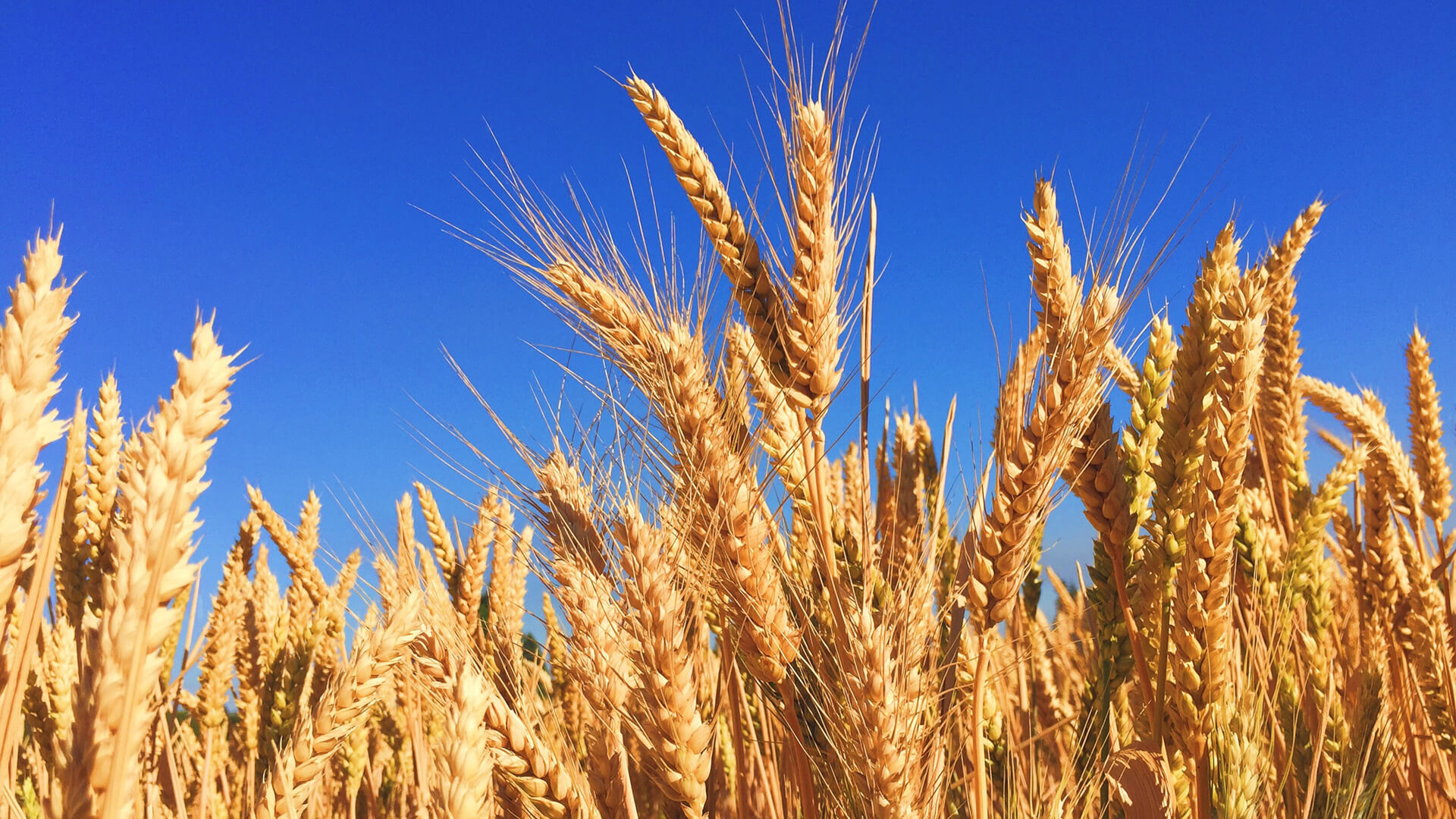
Wheat is the little weed that could! Some recent studies point to the domestication of early forms of wheat first occurring somewhere in southeastern regions of modern Turkey. Conventional studies still point to the Mesopotamia, specifically modern-day Iraq. Whichever side of the boundary you land on, the domestication of wheat (soon followed by barley) within the fertile crescent of Mesopotamia nearly 10,000 years ago is what truly gave human civilization its greatest technical advancement over hunter-gatherer societies.
Wheat is easy to grow. Drought? Fine. Periods of flooding? Wheat can deal. Poor soil quality? You might care, but wheat doesn’t. Early farmers could take a handful of wheat seeds and literally toss them over their shoulder, and come back to harvest a crop that provided not only important calories and protein, but a good source of niacin (vitamin B3). The ability to stay put and grow food—let alone excess food—is what allowed mankind to invest in additional agricultural technologies, come up with bread and beer, and start to build planned settlements and go about inventing things like the wheel. Wheat’s adaptability and relatively high yield made it an early and long-lasting component of human consumption across the globe; by 5000 BCE wheat was being grown in Egypt and the Levant, in the British Isles and Scandinavia by 4000 BCE, and by 2000 BCE wheat was already a staple crop in parts of China.


